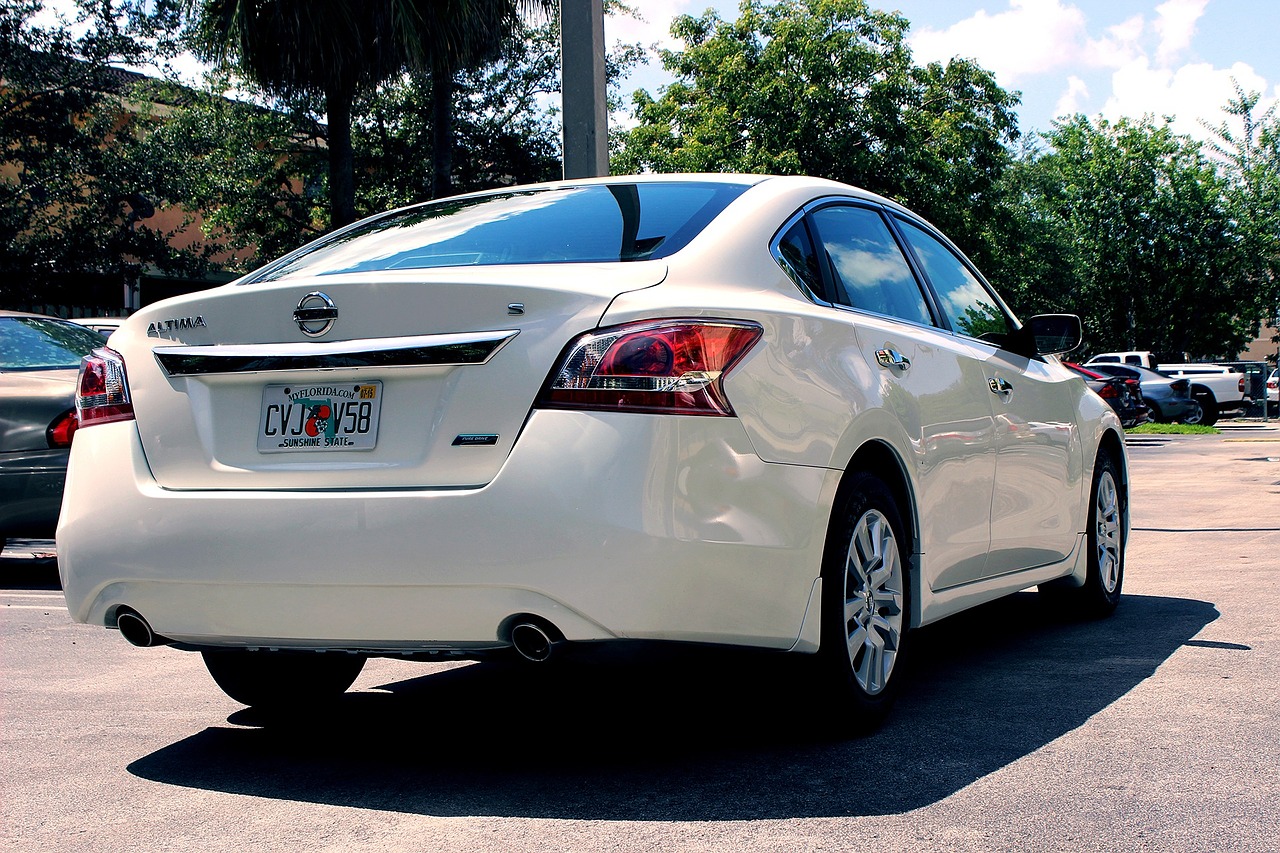
While there are countless honest car dealerships in any location, the truth is that there is a surprising and disturbing number of dealers that are more than happy to take advantage of a prospective car buyer.
In order to avoid being scammed, it is smart to know about auto dealer fraud.
First, it is wise and a great way to save money to know what percent loan rate you qualify for before heading out to a dealership. That way, when they give you a preliminary offer, you know when they are trying to get more money out of you. A dealer may hear that you qualify for an 8% rate but offer you an 11% rate instead. That nets them more money from the deal.
It is also wise to avoid the last-minute additions they offer – like clear coat for the vehicle’s paint job or undercoating. These tend to be additions they charge you for, increasing the final bottom line for the vehicle price tag. If you aren’t careful, they will scam you out of hundreds of extra dollars with these methods.
Some manufacturers pay the dealer to do prep work on the vehicle. Therefore, if you are offered this service, ask if it comes free or will be an additional charge. It is also helpful to ask if the manufacturer paid this fee. While some dealers may continue to be dishonest, some will change their tune when you show you know how their deals work.
Warranties are another way the dealership tries to scam you. However, it is important to make sure the vehicle is covered by some type of warranty as a new vehicle purchase. That way, if a defect crops up with the vehicle, it is covered under the Texas Lemon Law.
Autocheck and CarFax are a good way to check on the vehicle’s history if it is a used vehicle – or even if it has been used by employees of the dealership. Anything with an accident history can be found with these type of checks.
Also, it is important to avoid the bait and switch – which is a classic technique used by car dealers who are semi honest and those who are very focused on the sale and not so concerned with the value of the vehicle the new owner ends up taking home.
The technique is to talk to you about your dream vehicle, then find a similar model, not necessarily with all the features you want, and have you test drive it to ramp up your interest and show you that you can drive that one home. Even though you could configure the car you want and wait for it to be manufactured, the dealer’s goal is to sell you a vehicle and make money. Therefore, they hope to distract you with the vehicle on the lot and make sure you take that one home instead. This is also a prime opportunity for them to increase the monthly payment beyond what you were hoping to pay.
The last technique to watch for is the dealer practically holding you hostage -either by losing the keys to your trade-in or by delaying you seeing the vehicle they are trying to sell you (by “detailing” it or otherwise hyping it while keeping it out of sight). These are only a few of the ways that car dealers try to ensure their sale, even at the expense of your budget or your peace of mind.

Research the total cost of ownership, pricing for vehicles in the range you can afford and with the options you prefer to have in your new vehicle and set a goal for what extras will be included and which ones you will skip in order to keep the price down.
One other thing to keep in mind is that your trade-in does not have to influence the vehicle’s price tag. If they give you more than you expect for the trade-in but add to the final cost of the car for whatever reason, then you tend to pay more interest and therefore lose something in the value of the trade-in. Avoid this technique, as it takes more out of your pocket in the end.
It is wise to do some research on the particular model and year of a specific vehicle you are interested in. This decreases the chance you will purchase a new vehicle and find that within months you are dealing with a significant defect that decreases the value of your new vehicle and also puts your life in danger.
A vehicle defect that shows up in the first 24-months or 24,000 miles – in a vehicle covered by warranties from the manufacturer and/or dealer, will most likely be covered under the Texas Lemon Law. Therefore, it is smart to keep track of all documentation and the progression of the issue in your newly purchased vehicle.
That way, you can get a resolution that gets you behind the wheel of a reliable vehicle.
This may mean the vehicle is a lawn ornament for 30 days or more (these don’t have to be consecutive) since you purchased it. Again, this must be within the first 24 months of ownership or the first 24,000 miles you drive – whichever happens more quickly.
The vehicle also has to go to the service department for repair four or more times for the SAME issue with no resolution. You should reach out to the dealer and/or manufacturer to let them know the defect exists and means you can not drive your vehicle reliably and safely.
Letting the manufacturer know in writing (preferably through certified mail) that the defect exists is a good step toward ensuring your Texas Lemon Law complaint will be seriously considered and lean in your favor in terms of resolution.
For those who follow these tips and meet the criteria, there are two steps toward proposed resolution – these are mediation and a hearing.
If mediation is not successful, then the hearing provides both sides the opportunity to share their story.
The resolution, if found in favor of the vehicle owner, means that there is either going to be repayment for the vehicle with the defect, a replacement vehicle of comparable value provided or a repair effort completed that allows for effective repair and a reliable vehicle that transports the vehicle owner in a satisfactory manner.
In both of the above situations, it is important to research your potential purchase, know your budget and the loan you are approved for and understand the laws regarding this purchase in the state of Texas.
Keeping documentation is helpful following the purchase of a vehicle, as this allows for a careful chronicle of the issues when they arise and the warranties the vehicle is covered by because it was purchased new.
There are used vehicles covered by the Texas Lemon Law, but they have to be still covered under the original warranty from the dealer or manufacturer to be eligible for coverage under the Texas Lemon Law.
